Author: Marshall Schott
The history of brewing in Belgium stretches back at least 9 centuries, a time when citizens often opted to hydrate with a glass of sanitary beer rather than risk illness by drinking water. Cleverly conceived as a way to raise money, Belgian abbeys began brewing and selling beers to the public, a tradition that continues today and has led to the development of numerous styles.
As with most regional brewing traditions, the Belgians learned over time that the use of various methods and ingredients could lead to beers with a vast array of characteristics, though one thing that typifies Belgian beer is the unique phenols and esters produced by their selection of yeasts. Whereas clean and crisp is the name of the game among most American breweries, Belgian brewers aim to impart characteristics of pepper, banana, bubblegum, and the like to a range of classic styles. One such style is Belgian Blond Ale, which the BJCP describes as:
A moderate-strength golden ale that has a subtle fruity-spicy Belgian yeast complexity, slightly malty-sweet flavor, and dry finish.
I’ll admit, I’m not much of a Belgian beer fan, unless we’re talking sours, which I quite enjoy. It’s possible my preference is influenced by the fact I live in a country that has tended to focus mostly on clean fermentation characteristics, and while I can enjoy a well made Belgian beer, I perceive many as tasting like poorly made homebrew (that wasn’t intended to be “Belgian”). It’s for this reason that out of the hundreds of batches I’ve brewed, only a handful have been Belgian styles.
With the urge to step outside of my comfort zone, as well as an unhealthy level of commitment to getting through every BJCP style, I decided to brew up a batch of Belgian Blond Ale utilizing methods that prove how terrible of a person I am.
| BREWING THE BEER |
The inspiration to brew this beer struck the evening before I actually brewed it, meaning I had little time to acquire all of the ingredients to match Matt’s Night-Night Juice recipe. So, I went with what I had on hand.
Short & Shoddy Belgian Blond Ale
Recipe Details
| Batch Size | Boil Time | IBU | SRM | Est. OG | Est. FG | ABV |
|---|---|---|---|---|---|---|
| 5.7 gal | 15 min | 23.6 IBUs | 5.4 SRM | 1.061 | 1.011 | 6.7 % |
| Actuals | 1.061 | 1.006 | 7.3 % | |||
Fermentables
| Name | Amount | % |
|---|---|---|
| Lamonta American-style Pale Malt (Mecca Grade) | 6 lbs | 40 |
| Pelton Pilsner-style Malt (Mecca Grade) | 6 lbs | 40 |
| Metolius Munich-style Malt (Mecca Grade) | 1 lbs | 6.67 |
| Oats, Flaked | 1 lbs | 6.67 |
| Table Sugar (Sucrose) | 1 lbs | 6.67 |
Hops
| Name | Amount | Time | Use | Form | Alpha % |
|---|---|---|---|---|---|
| Horizon | 28 g | 15 min | First Wort | Pellet | 14.1 |
| Tettnang | 15 g | 5 min | Boil | Pellet | 5.8 |
Yeast
| Name | Lab | Attenuation | Temperature |
|---|---|---|---|
| Gnome (G45) | Imperial | 74% | 65°F - 75°F |
Notes
| Water Profile: Ca 4 | Mg 1 | Na 10 | SO4 6 | Cl 2 |
Download
| Download this recipe's BeerXML file |
After designing the recipe in BeerSmith the night before brewing, I went out to my garage and collected the full volume of liquor in my kettle. Usually absent, I picked up a little chlorine and opted to run the water through a RV filter, though I made no mineral or acid adjustments. I then weighed out and milled the grains for this 5 gallon batch.
I’d had a few beers and forgot to prep my heat stick, so I awoke to cool water that I immediately began heating with my gas burner.
About 20 minutes later, my water had reached strike temperature, so I added the grains and stirred with my huge whisk to obliterate any doughballs.
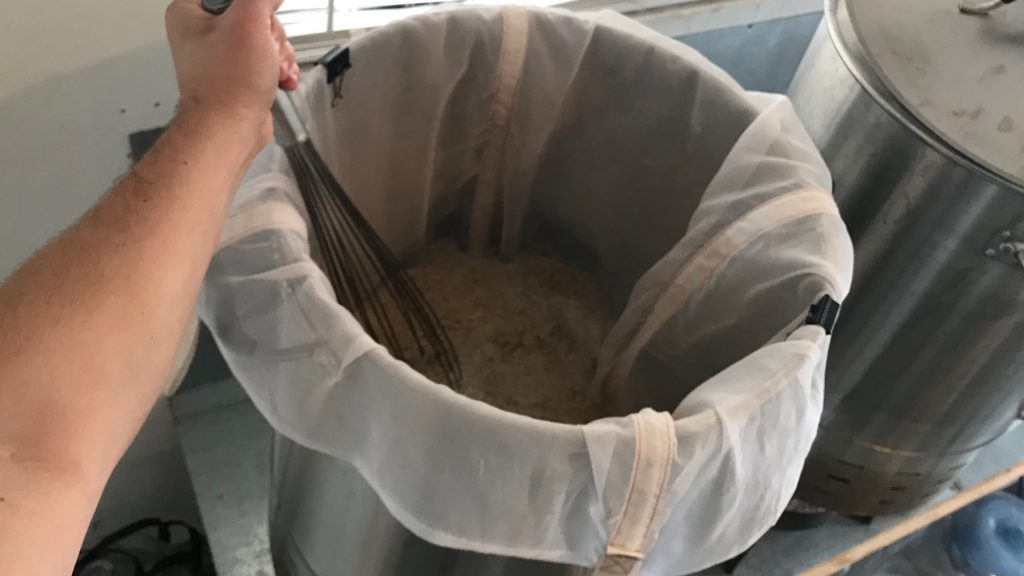
A quick check of the mash temperature revealed I was right where I wanted to be.
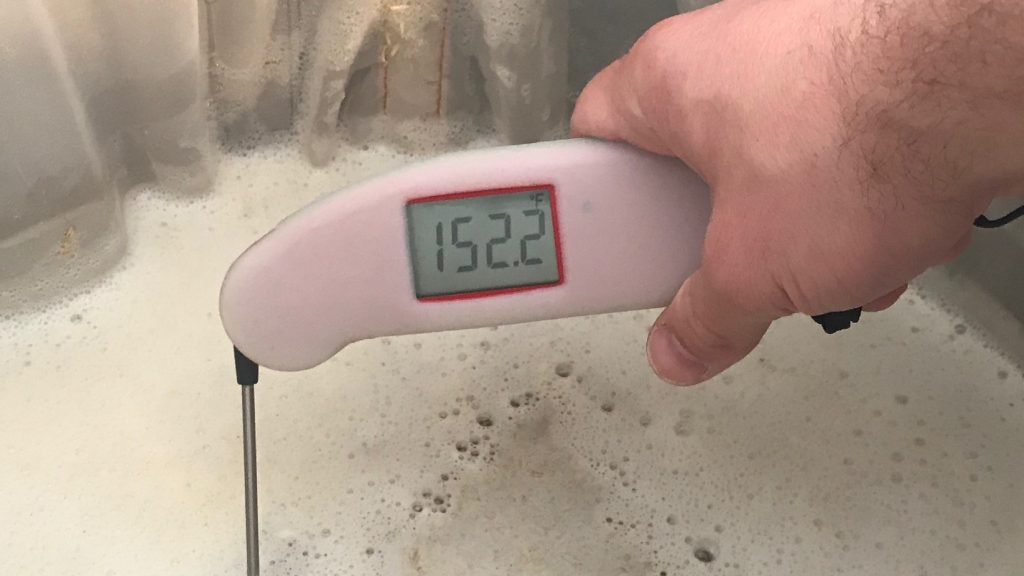
I covered the kettle and set my timer for 30 minutes, a little longer than I would have preferred, but I had to feed my kids and get them dropped of at school.
During the last few minutes of the mash rest, I weighed out the kettle hops.
Once my mash timer went off, I carelessly pulled the full BIAB fabric filter out of my kettle, paying no mind to the pointy thermometer probe that ended up snagging the bag.
Curiously, very little spent grain fell out of the hole, but what did remained in the wort. I’ll be patching this up soon with extra fabric I got from The Brew Bag. Just prior to lighting the flame on my burner to heat the wort, I added the table sugar and stirred it in real good.
As soon as the wort reached a boil, I set my timer…
I placed my immersion chiller in the wort at the beginning of the boil to sanitize then used it 15 minutes later to quickly chill the wort to slightly warmer than my groundwater temperature.
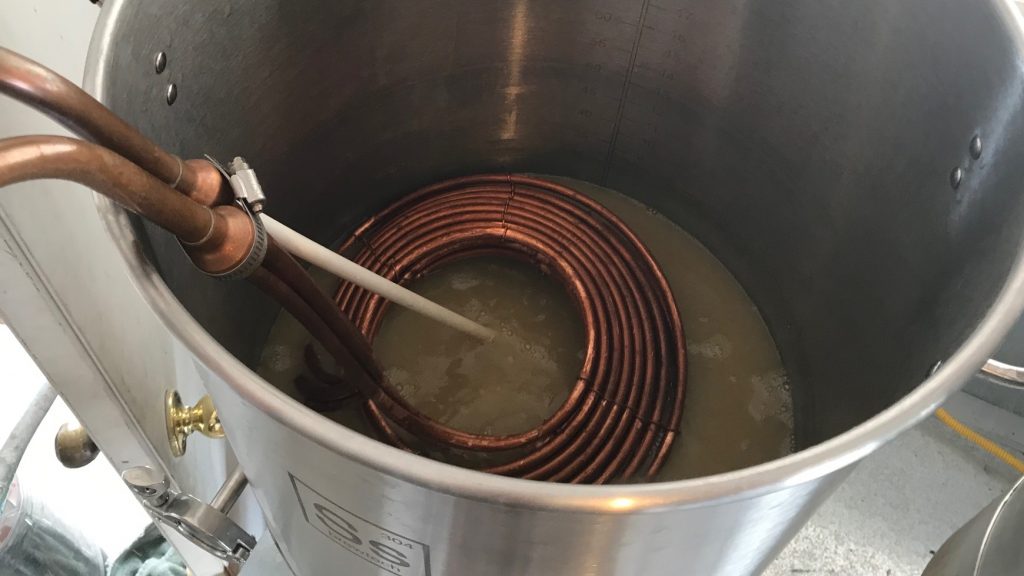
A refractometer reading showed the wort was at a respectable OG, which was admittedly accomplished by adjusting my brewhouse efficiency down a few percentage points to account for the reduced mash length.
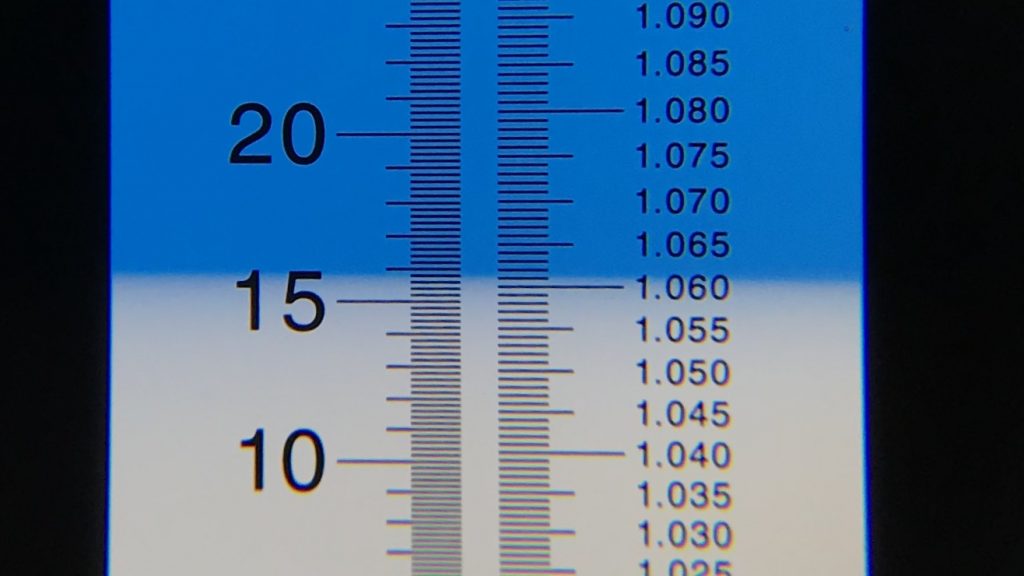
I proceeded to rack the freshly chilled wort to my fermentor.
I placed the filled fermentor in my chamber controlled to 68°F/20°C and, rather than waiting for the wort to chill to my target fermentation temperature, immediately pitched a pack of Imperial Yeast B45 Gnome sans starter.
The airlock was bubbling just 4 hours later and ripping along only 2 hours after that. Activity was absent 5 days later, at which point I took a hydrometer measurement confirming FG was reached.
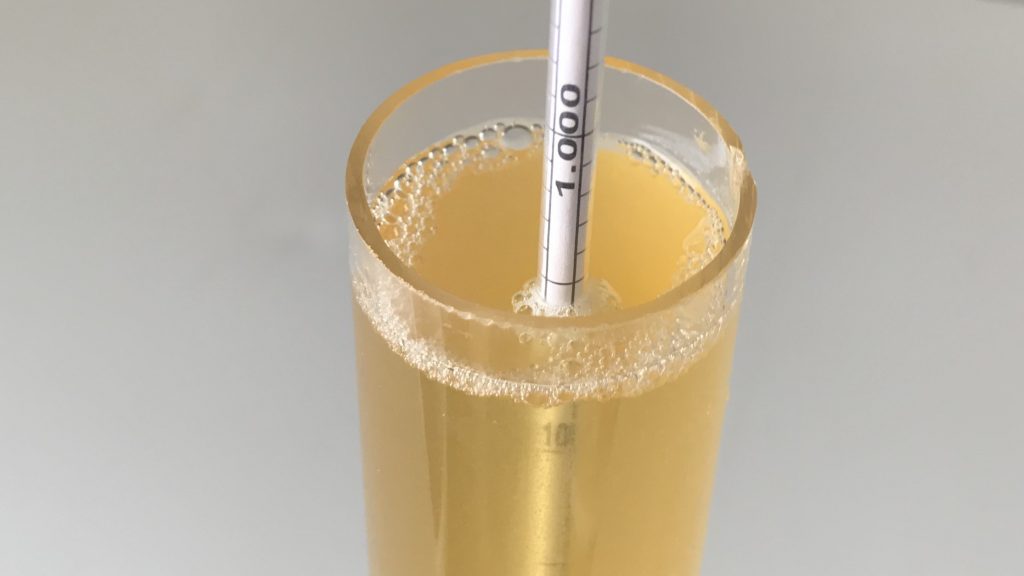
It was time to cold crash, so I filled an empty BrüLoonLock with CO2 from my tank and put it in place of the Speidel airlock.
After ignoring the beer for a few days, I fined it with gelatin then ignored it for another week or so before transferring it to a keg.
I wanted this beer to be fairly effervescent, so once the keg was in my keezer, I burst carbonated by hitting it with 50 psi for 16 hours before purging and reducing to 14 psi, where it sat for a week before I began collecting data.
| RESULTS |
A total of 14 people of various levels of experience participated in this Short & Shoddy evaluation. Participants were first asked to identify the style they believed the beer to be based on their perception.
Tasters were then instructed to rate how hoppy, malty, and dry they perceived the beer to be on a 0-5 scale where a rating of 0 indicated “not at all” and 5 indicated “extremely;” these ratings were then averaged.
Tasters were provided a list of common hop, malt, and yeast characteristics then instructed to select from each the one they perceived as being strongest in the beer.
Hop Characteristics
Malt Characteristics
Yeast Characteristics
Next, participants were asked to indicate whether or not they detected any off-flavors in the beer; those who did were provided a list of common off-flavors and instructed to select the one they perceived as being strongest. Out of the 14 participants, 1 reported perceiving astringency, 1 said they detected a metallic flavor, and 1 felt the beer had diacetyl.
Tasters were then asked to rate how much they enjoyed the beer on a 0-5 scale where 0 indicated they hated it and 5 indicated they loved it.
Finally, the beer style was revealed to participants and they were asked to rate how representative it was on a 0-5 scale where 0 meant “not at all” and 5 meant “exactly.”
My Impressions: While my biased palate could easily detect the Belgian character in this Blond Ale, it was subtle enough that it allowed a very pleasant bready malt character come through. This is likely attributable to my use of Imperial Yeast’s B45 Gnome, which is known to impart a less pungent Belgian character. To my surprise, this beer wasn’t just “good enough not to dump,” I actually really enjoyed drinking it! The aroma was marked by a rather noticeable banana note with a hint of peppery spice, while the bready malt stole the show in terms of flavor, being followed by an ester and phenol profile found in the aroma. Way better than I expected, particularly given the methods I used to make it.
| CONCLUSION |
The primary reason I don’t make or drink much Belgian ale is because of how overpowering I tend to perceive the phenols and esters as being. My rather strong preference is for malt and hops with any yeast character playing more of a supportive role. With nearly half of the blind participants thinking my Belgian Blond Ale was some sort of a lager while the other half endorsed a Belgian style ale, I’d say I struck a pretty unique balance.
While 3 tasters noted perceiving an off-flavor, there was no consistency in those ratings, which could indicate either a subjective sensitivity to those characteristics, or perhaps a bit of inaccuracy. The beer was pretty damn dry, which when combined with the Belgian fermentation characteristics, may have confused some tasters. Regardless, I’m pretty certain there was no DMS produced from the 15 minute boil and, most surprising to me, no fusel or hot alcohol notes from the yeast being pitched direct from the pack into warm wort.
In chats with participants following completion of the survey, the most common comment about the beer had to do with the bready malt character, something many relied on to inform their guess of beer style. I completely agree, the malt character was delectable in this beer, very Helles-like, though I felt like the Belgian yeast was rather difficult to ignore. Obviously, not everyone was a huge fan, but once tasters were informed it was a Belgian Blond, it was cool that most felt the beer was a good representation of the style.
I’m not just blowing smoke when I say that I thoroughly enjoyed this Belgian Blond, it had the perfect balance of malt and yeast characteristics for my liking without crossing over into phenol-bomb zone. I do think those who appreciate more in-your-face Belgian beers might be happier using a more characterful yeast, but for me, Gnome did the trick and I look forward to using it again in future batches.
If you have thoughts about this Short & Shoddy brew, please feel free to share in the comments section below!
Support Brülosophy In Style!
All designs are available in various colors and sizes on Amazon!
Follow Brülosophy on:
FACEBOOK | TWITTER | INSTAGRAM
If you enjoy this stuff and feel compelled to support Brulosophy.com, please check out the Support page for details on how you can very easily do so. Thanks!


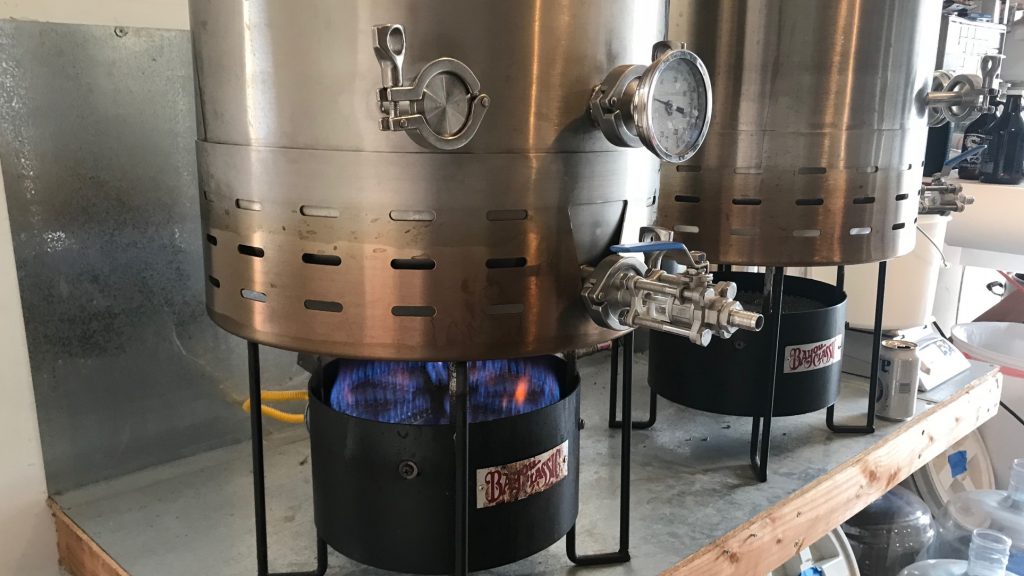
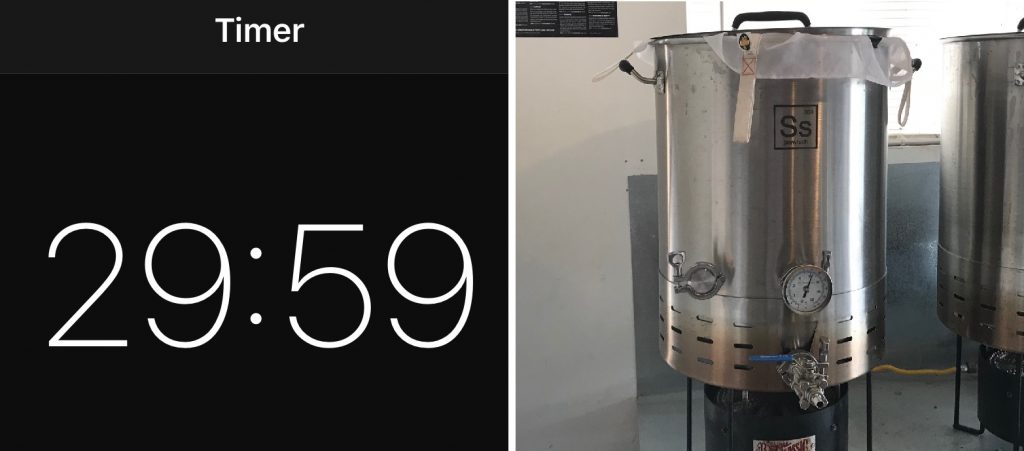
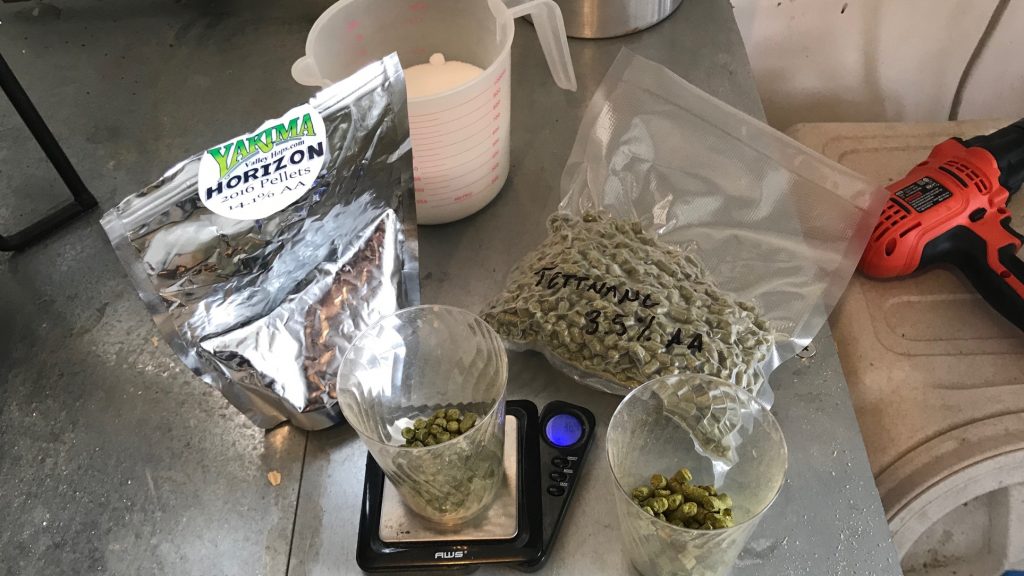
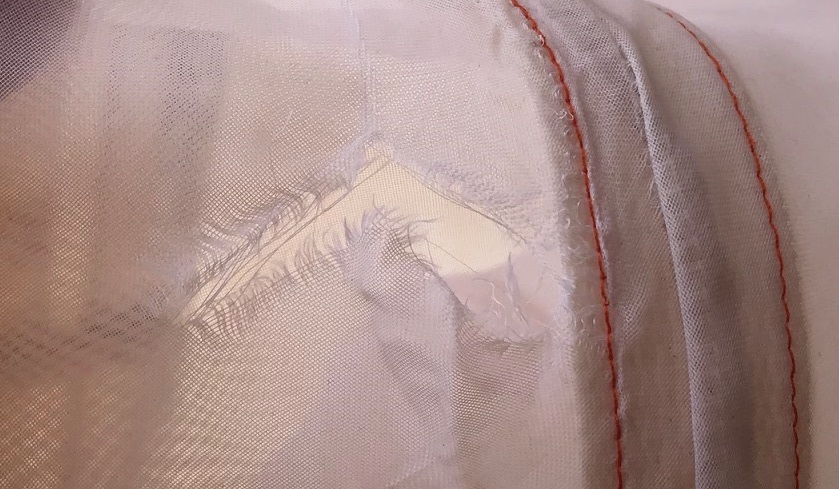
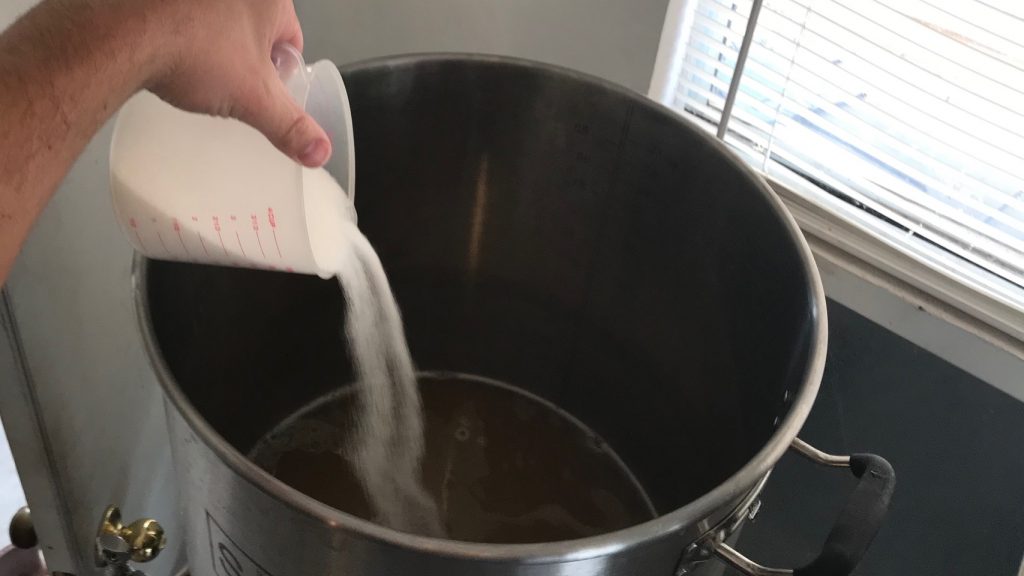
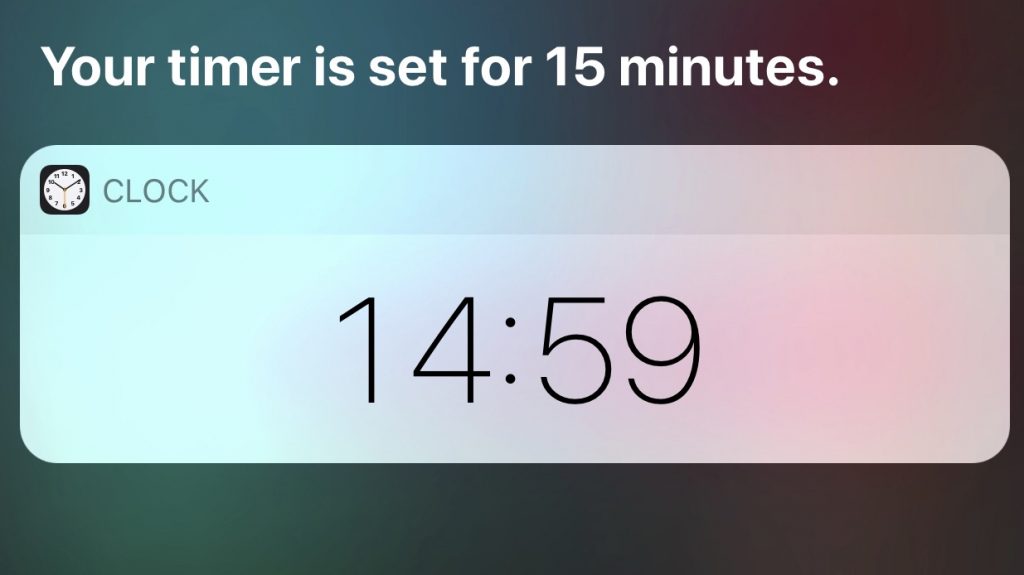
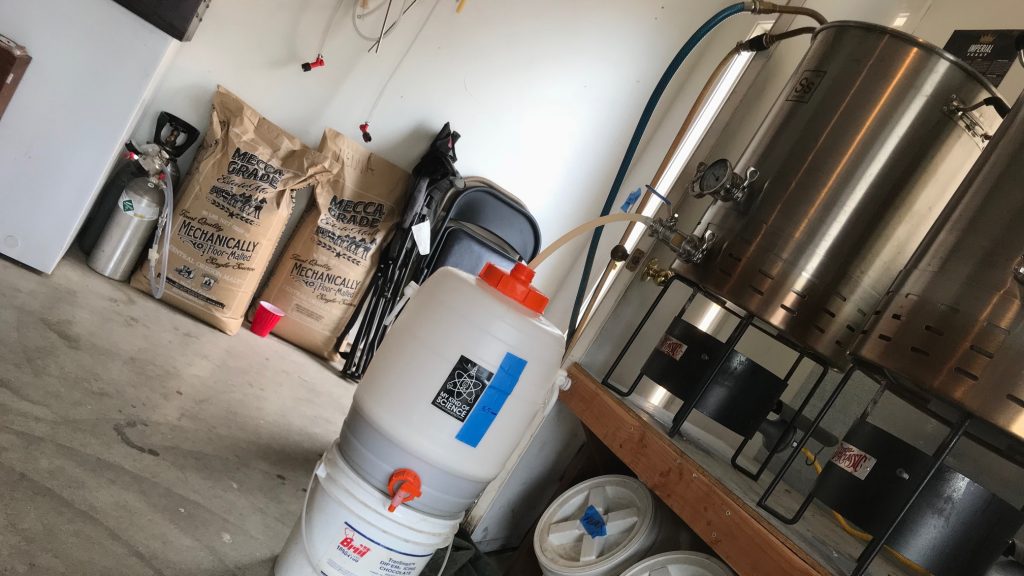
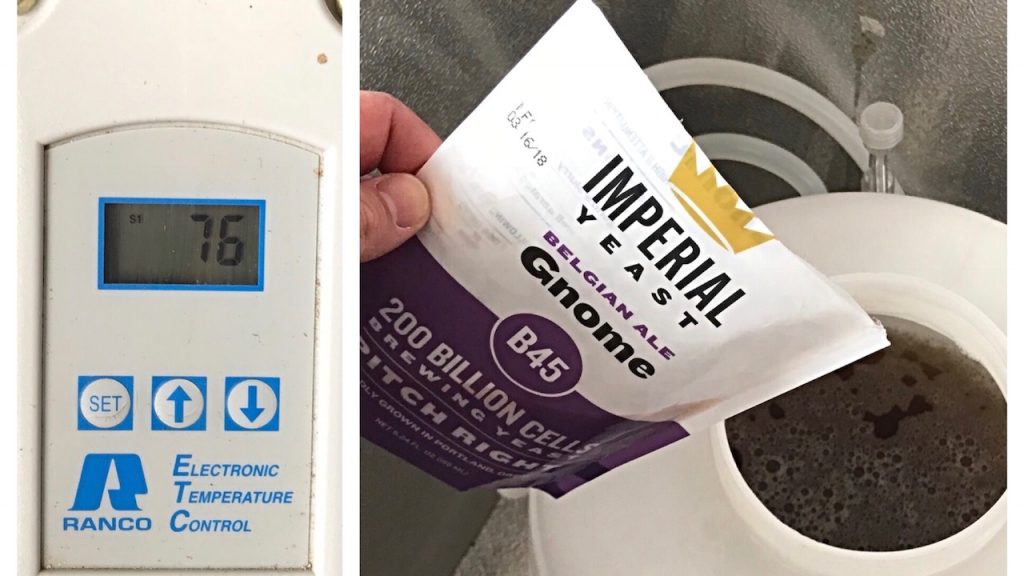
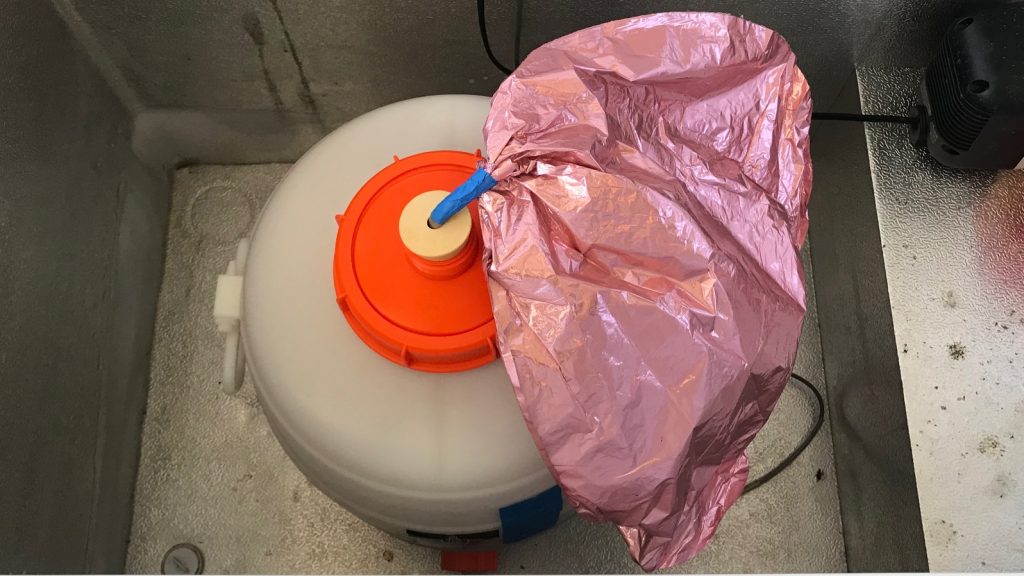
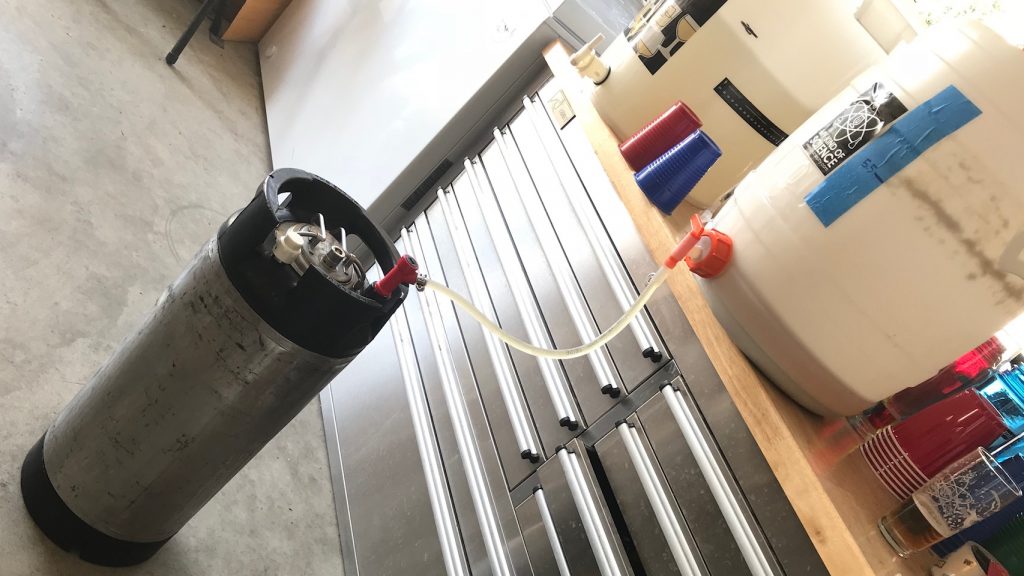
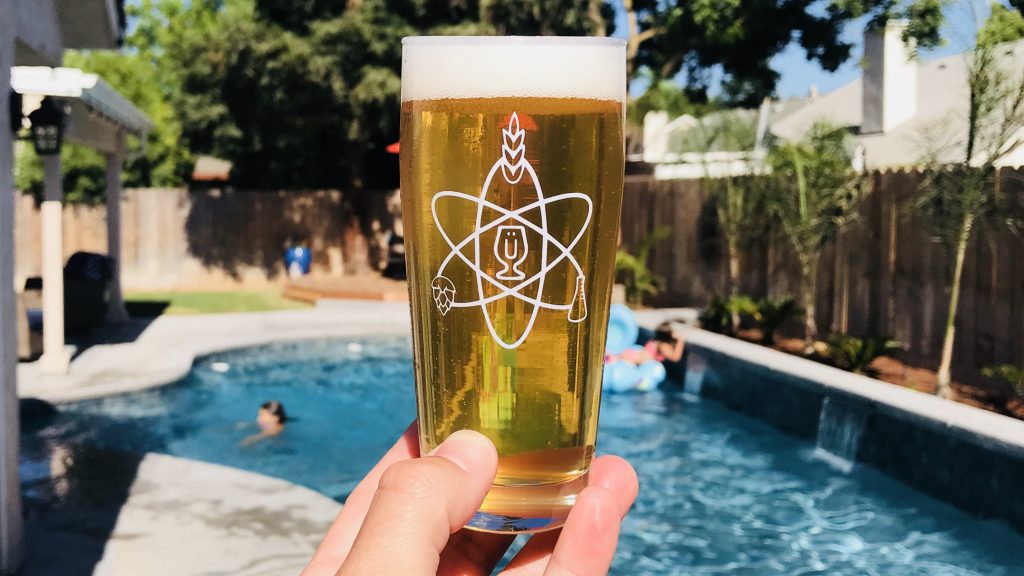
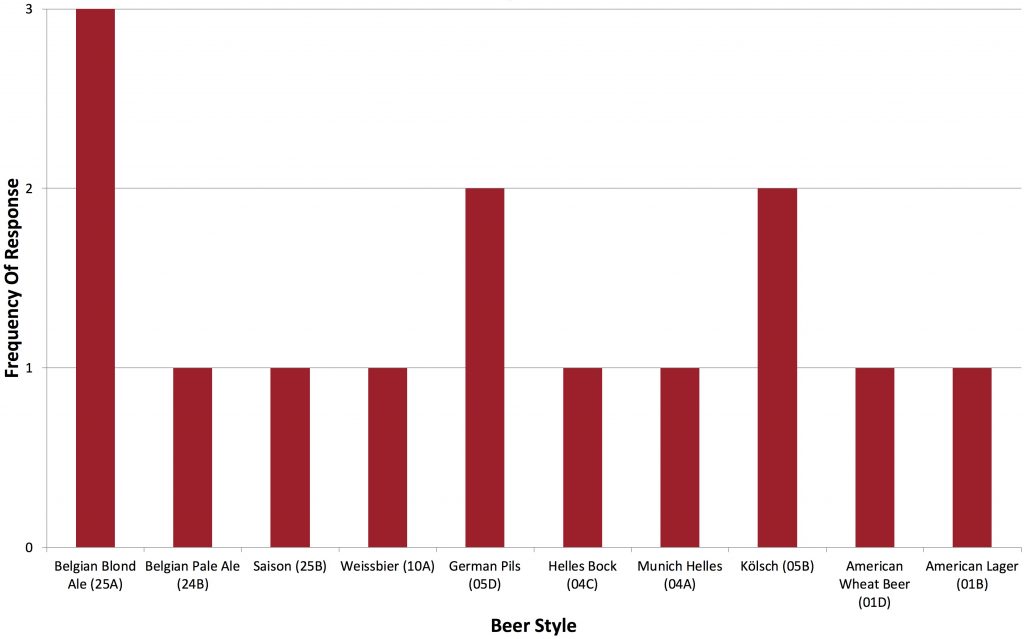
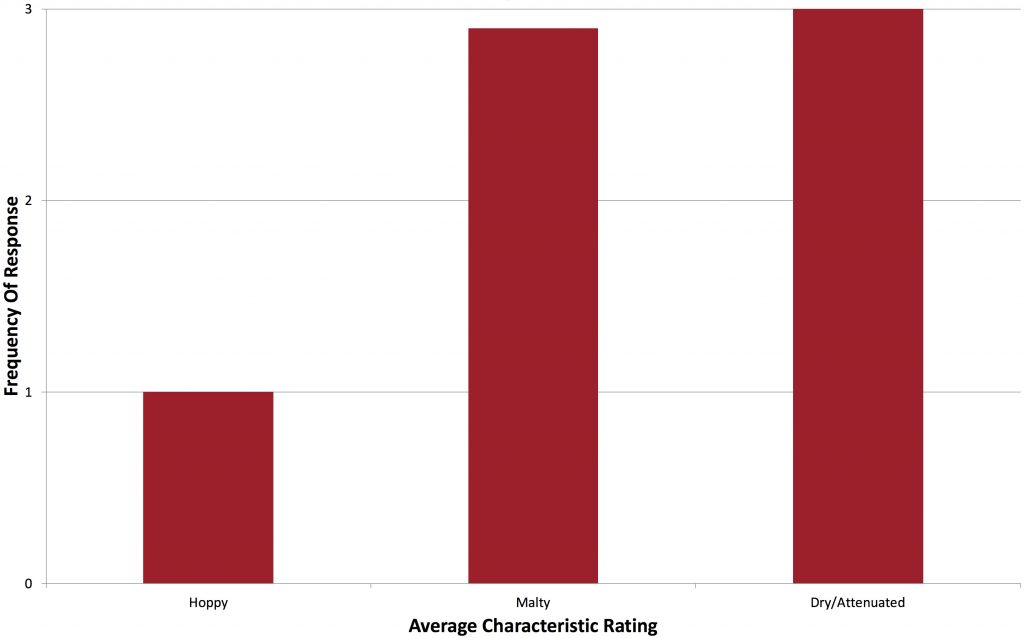
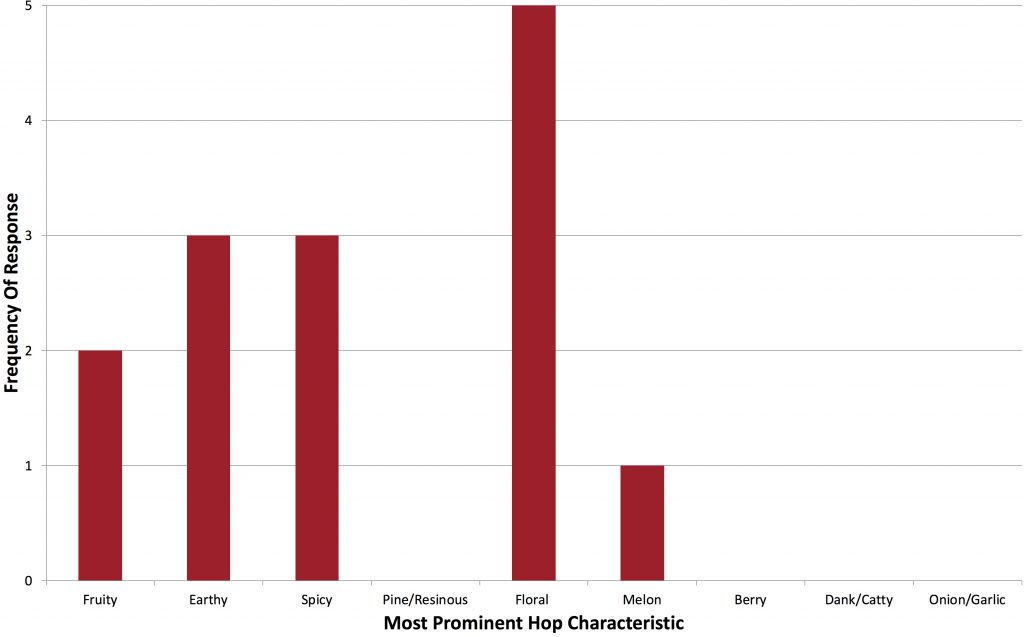
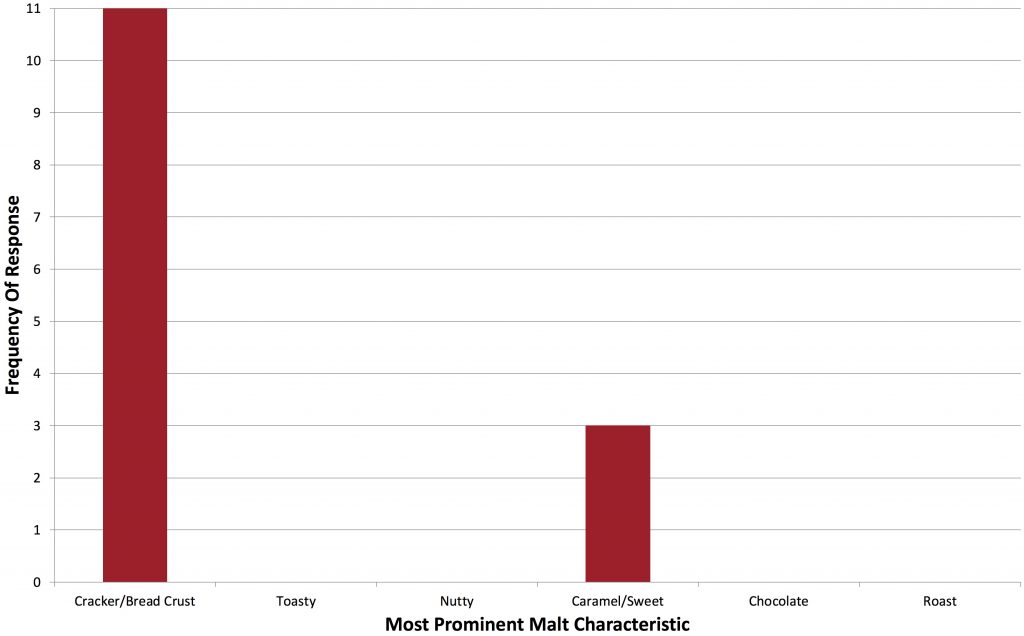
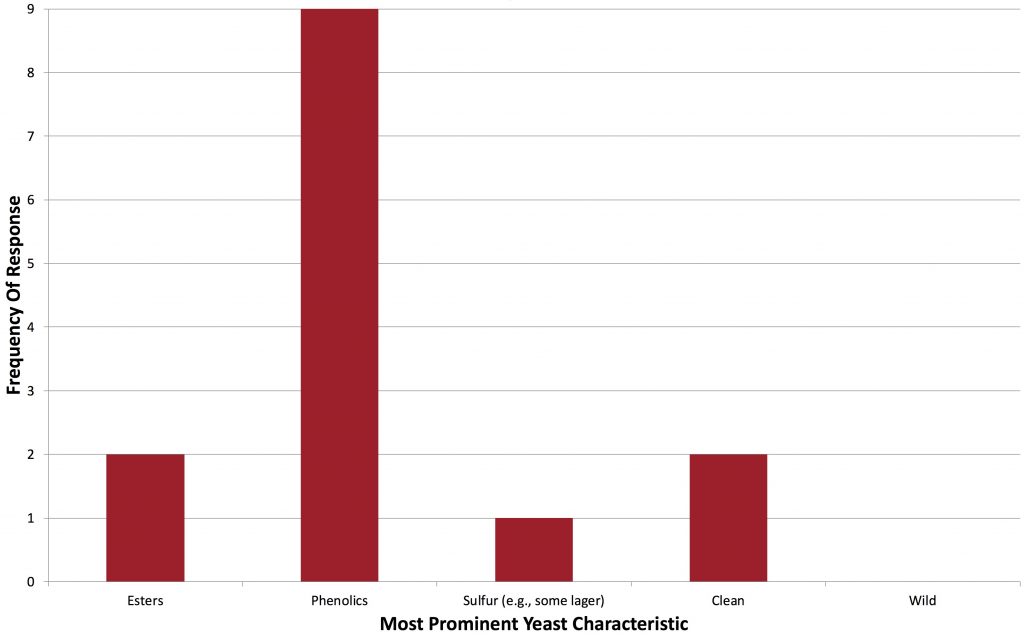
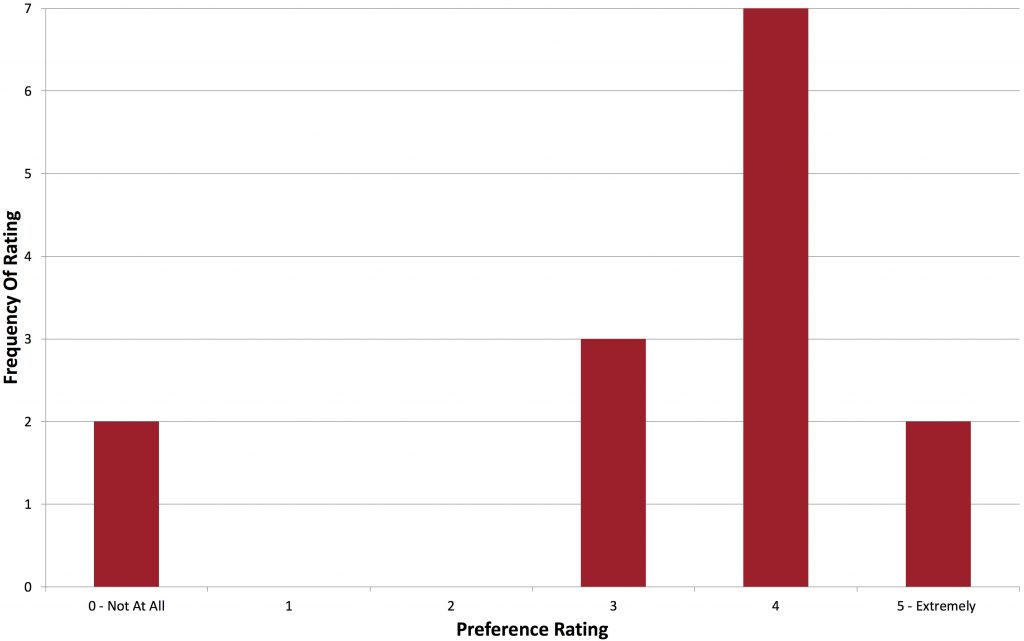
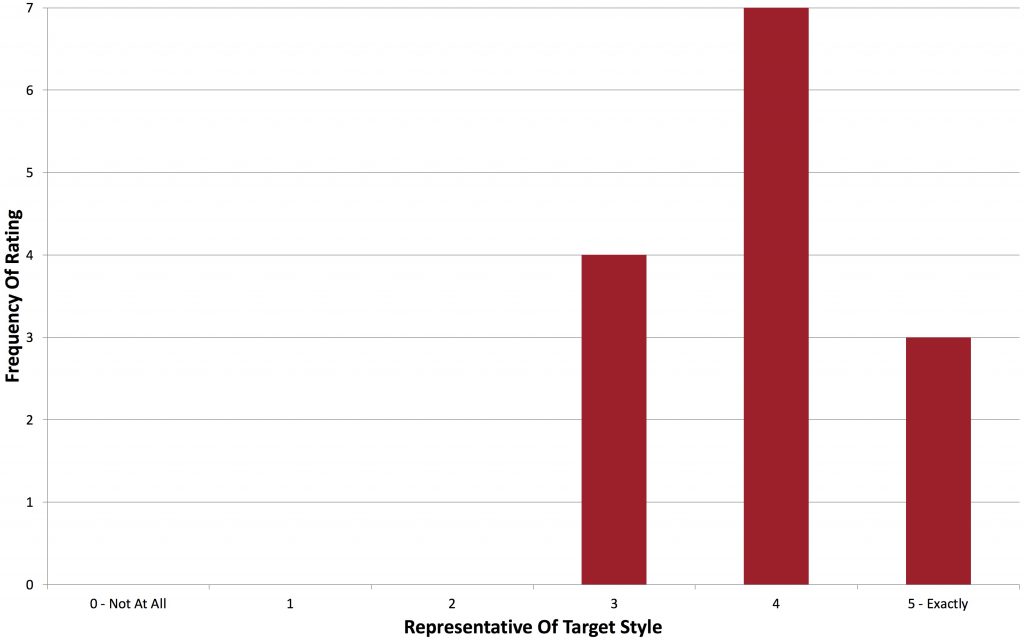










20 thoughts on “Short & Shoddy | Belgian Blond Ale”
900 centuries or 900 years? The first would mean that we made beer since the dawn of modern man!
Haha, good catch. Fat fingered that one… 9 centuries.
Came here to comment this
Typo surely but there is a theory that beer making goes back to the dawn of agriculture and that cereal crops were domesticated for beer before bread.
https://mobile.nytimes.com/2013/03/17/opinion/sunday/how-beer-gave-us-civilization.html
Brilliant, as usual! I’m not a big fan of Mecca Grade’s naming system; I have no clue what’s the grain bill…
Recipe updated to reflect type of malt. Did that after brewing this batch, forgot to change… until now 🙂
Great, Marshall, that’s very appreciated 🙂
I would like to give you some good hint about belgian homebrewed beer. I agree that most taste like ” poorly made homebrew (that wasn’t intended to be “Belgian”)” and the main reason for this is that belgian beer uses different brewing techniques than american brews. One of the best tweaks I learned to obtain good results, specially with wlp550 (La chouffe, gnome strain) is that, regardless the recipe, you must bottle condition the beer, carbonating in kegs with forced carbonation does not develop the right flavor profile Belgian beers have. Even mass produced belgian beers are bottle conditioned, and there is a reason for that. Maybe this is a good idea for an ExBEERiment. Love your blog, cheers 😉
As a Belgian, I endorse bottle conditioning. Also because I think kegging is just too expensive. But then, my batches are between 15 and 30 bottles.
Interesting read. But how do you have a 20min hop addition with a 15min boil?
Yeah, another fat finger fuck up– it was a FWH addition. I’ll get that fixed this evening, good looking out!
Hah. I completely read it as “900 years” because I knew when abbey ales came into being. But, hey, the Sumerians COULD have brewed abbey ale, I reckon. 😉
At any rate, I think a Belgian might be on my list next but mut maybe not in so much of a hurry even though you obviously cannot fuck on up even when you try.
I know it sounds crazy about the comment of bottle conditioning, but there is something to it. Well, at least aging these beers. They can change dramatically in flavor with aging. I had a belgian dark strong that tasted awful, lots of bubblegum and terrible. i just left it in a secondary carboy for about a year!! I tasted it again, and it was really round and delicious with little bubblegum. If you don’t like a belgian, it might be worth transferring to bottles or just letting the keg sit out at room temp for several months!
Aging is key for the stronger trappist/abbey ales: dubbel, tripel, quad and golden strong. However, singles, pales, blonds and witbiers are meant to be consumed fresh. They always recommend to keep them very cold if storing longer than 2 months.
I don’t go too crazy on the fermentation temp for the lighter ones (both in color and ABV), like in a (good) hefe-weizen you want a balance between esters and phenols.
On the other hand, with the stronger styles you want to produce more esters because they tend to fade away with aging.
My 2cents.
Cheers!
I love the Imperial Yeast lineup so I have to point out, it is B45 (B for Belgian) not G45.
But you got the Gnome right!
Question though, why the oats?
Totally missed that. I use the ingredients that are in BeerSmith, had to download the plugin, so that must be off. I’ll try to remember to correct it soon.
dude, seems like the writeup is the shoddiest part of this process! ha ha ha. just kidding. i can’t believe you guys can put out so much good material when you have full time jobs (or DO you?)
Every single one of us.
I’m most interested in the question about the beer fitting the style-half of the participants believed this beer was a lager. Ten participants rated it as a 4 or higher, I’d expect more participants to rate the beer worse for fit to style.
Nice experiment Marshall. I know I am being a pain in the arse, but is there any chance of including metric measurements in your results for we who live outside the USA (New Zealand in my case)? I have been planning to have a go at brewing a Belgian blond ale for some time and I think this just tipped the scales!